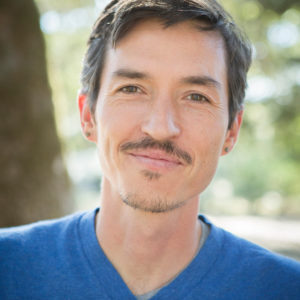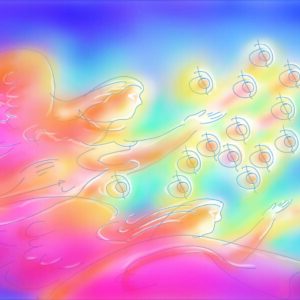Introducing Living-nature Imagination
By Ben Klocek 2 min read
If you are from Europe, there’s a good chance you know of Johann Wolfgang von Goethe (“Gur-ta”) for his poetry and literary works. Here in the US, few people have heard of him. What most don’t know is that he was also a scientist and esotericist, one who studies the inner or secret mysteries.
What sets his science apart, and limits its practice in contemporary science (to its detriment), is that the instrument of observation is the human being itself. His methods of observation require the human to develop within themselves the ability to see the processes of nature as living things, connected to all, and moving through time. He believed that the subjective experience was where true knowledge could be found. His methods allowed the phenomena to “speak” to the observer, in an interplay between human and object, resulting in a dynamic sense of the living being observed.
His methods inspired Alexander von Humboldt, after whom so many rivers, towns, and mountains around the world are named, to form the concepts we know know as ecology; the interconnected processes of life that shape our living world.
Goethe also inspired Rudolf Steiner, who with his clairvoyance sought others who could see the becomings of the world. Steiner went on to work as the editor at the Goethe archives as he developed his Anthroposophy, a “science of the spirit”.
Goethe also inspired Dennis, first with color theory, then with Metamorphosis of Plants to develop what could be called living-nature imagination first of plants, then of the world and the human soul. Living-nature imagination is an imaginative ability to see the active growth forces. In Steiner’s language, this way of seeing could be called “etheric vision”.
This form of attention that does not seek answers, but rather lets the phenomena speak for itself is sorely needed today, when Google provides millions of “answers” in a microsecond, but lacks discernment and sensitivity.Dennis’ early classes were called Goethean Science, but later changed to Consciousness Studies as Dennis applied this type of observation to the human soul. Much of the time spent in class was to develop this living-nature imagination in his students.Whether you are a teacher, a farmer, a doctor, or a clerk, this way of seeing builds in us the sensitivity to see into the spirit of things, to discern lies from truth, and to creatively engage with the challenges of our time.
Over the next month, I will be sharing essays and lectures to introduce you to Goethe and this way of seeing, beginning with Goethe’s Living-Nature Imagination, written by Dennis and Joel Morrow in 1985. It’s as relevant today as it was back then. Pair this with Dennis’ presentation this Sunday on Jan 8th, where he will talk about using this living-nature imagination to overcome the anxiety of dealing with contemporary uncertainty and arrive at remedies for soothing such anxiety.
May we all be clear-eyed and open-hearted.
Warmly,
Ben

Ben Klocek
Ben Klocek, web designer, teacher, and Sacramento Waldorf School alumni, has worked in tech for over 20 years. He has been studying and lecturing on how our use of screen technology affects our lives, and promoting the work of his father Dennis Klocek through Soil, Soul and Spirit (this website). He is the father of two, ages 13 and 16, and is an avid naturalist, artist, and gardener.
Similar Writings
Technology and Moral Development : A Cautionary Tale
The pursuit of free energy has been a drive in human beings for millennia. The poet Goethe wrote a poem entitled The Sorcerer’s Apprentice [since made into a Disney movie] to describe the issues brought to bear by this innate human drive. In the poem an apprentice to a sorcerer is tasked with drawing water…
Arms of the Heart
In this exercise begin by trying to find your heartbeat in your chest. Listen inwardly to it and see if you can feel / hear it. If this is difficult then try to locate the pulse beat in your ears or your hands. Then try to link your heartbeat as you feel it in your…
